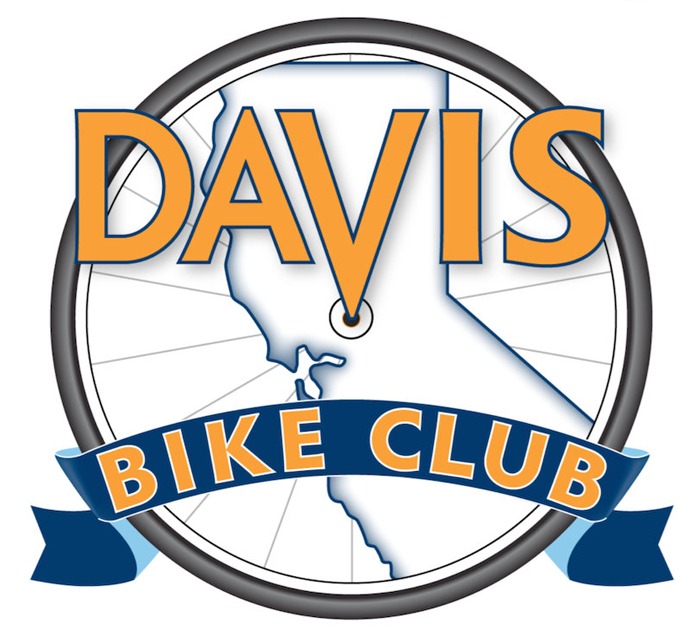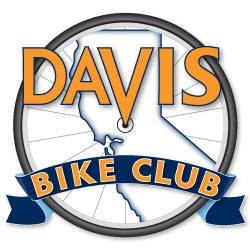editors note: 3 millimeters additional tire width may not seem like a lot. Adding 3mm of width to a 23mm tire increases the internal volume of air by 22%. this in turn allows one to lower the pressure and benefit from more shock absorption. To take advantage of this, it also depends on the tire. Not all tires are created equal. Lighter tires with supple sidewalls work best with lower pressures.
“It’s True. It’s True”
Richard Burton, opening stanza, “Camelot”
Wide Tires and Lower Inflation by Phil Coleman
A personal Perspective from a Veteran Road Cyclist, upon switching from 23mmtires to 26mm width tires.
For decades of bike riding I conformed to the conventional thinking on maximizing cycling performance using narrow tires and maximum allowed inflation. In my case, that translated to 23mm tires and 120-125psi. Everything seemed fine, the bike was high quality and low weight and fitted me perfectly. I performed as well as my stamina, cycling techniques, and muscle strength would allow. Or, so I thought since there was no effort to challenge or compare.
Then came the counter-intuitive notion of using wider tires and lowering the psi readings as much as 30 pounds. Tour de France riders were doing it. Anecdotal stories of higher overall performance were later confirmed by scientific analysis showing that a softer and wider tire on the road surface was a plus, not a minus. The evidence was becoming overwhelming and conclusive.
Still riding a perfectly good set of high-quality 23mm tires, I decided to wait. I already had lowered my tire pressure to 85psi a couple of years ago with no notable loss of performance and a more comfortable ride. The softer tires did allow me to negotiate technical descents with greater confidence and less braking, which alone meant increased cycling performance. I was content.
A few weeks ago, a local bike shop owner and I were engaged in friendly E-mail exchange on something or other. He mentioned he wanted to get me out of those antique 20th Century tires and into the Modern Era. He sweetened the offer by saying he’d take my “old” tires and donate them to a starving bike racer to train on and give me a small credit towards the replacement tires.
So, why not? I told my benefactor you pick out the most suitable brand and size tires for my circumstance and gave my bike fork dimensions to work with and my riding priorities in terms of comfort and performance. He replied by saying that the tires are on the store counter waiting for you. Credit card and two tires in hand, I went to the bike store and traded tires and added a couple of new tubes to complete the conversion. I promised the owner I’d do a personal assessment of the experience and publish it for the membership.
I’ll skip the boring technical stuff, and not repeat the companion dialog that has already been discussed ad nauseum. Instead, I’ll give an overall assessment and then add a couple of NEW points of discussion regarding wider softer tires.
First, the overall assessment is the title of this column. Wider softer tires are faster and more comfortable and do have less rolling resistance. The first ride on the new tires doesn’t seem really faster because of the relative ease of your riding. Performance requires suffering, right? Then you look at your bike computer and while going on a road you’ve ridden a thousand times–and discover you’re going 2mph faster. That feeling alone is either euphoric or exhilarating, take your pick.
Now to what I think may be the two added virtues with wider softer tires; you become a much better performing cyclist because of your more stable riding platform. Let me use an analogy to explain.
Picture yourself riding a stationary bike. You have the perfect platform to ride in terms of zero bumps or vibration. You set a cadence that suits you, equalize your power stroke throughout each RPM. Maximum performance at minimum effort. Spin classes do this and allow us to smooth out our rotating power stroke. Velodrome racing with a fixed-gear bike on an ultra-smooth surface does the same thing.
Road riding is altogether different. Ruts, pot holes, cracks, and gaps all work against the cyclist and efforts to create and maintain a smooth power stroke with minimal effort. The constant vibration on a road bike over time literally make us numb in both mind and body. That is, until we get off the bike later and “ache all over.”
Enter those wide softer tires. Now the riding platform is more stable with less transferred road vibration and bounce. The bigger softer tires absorb more of the road imperfections and transfer less to your precious body. You’re closer to replicating a spin class or a velodrome environment. Maximum performance at minimal effort.
What does all this mean? Over the course of any ride exceeding, say, 40 miles, you’ll realize that you’ve not only gone faster and with less effort, your post-ride fatigue and aches are notably less.
Three cheers for wider softer bike tires that “feel your pain” and does something about it.
editors note: Here is a link to an article by Jan Heine, owner of Compass Tires, on tire width, pressure and comfort. Good diagrams which illustrate volumes. tire width article

